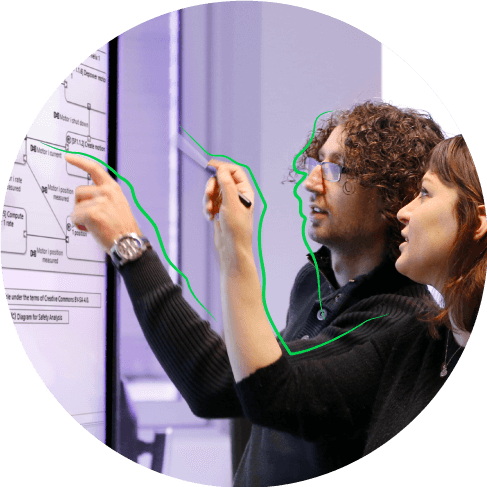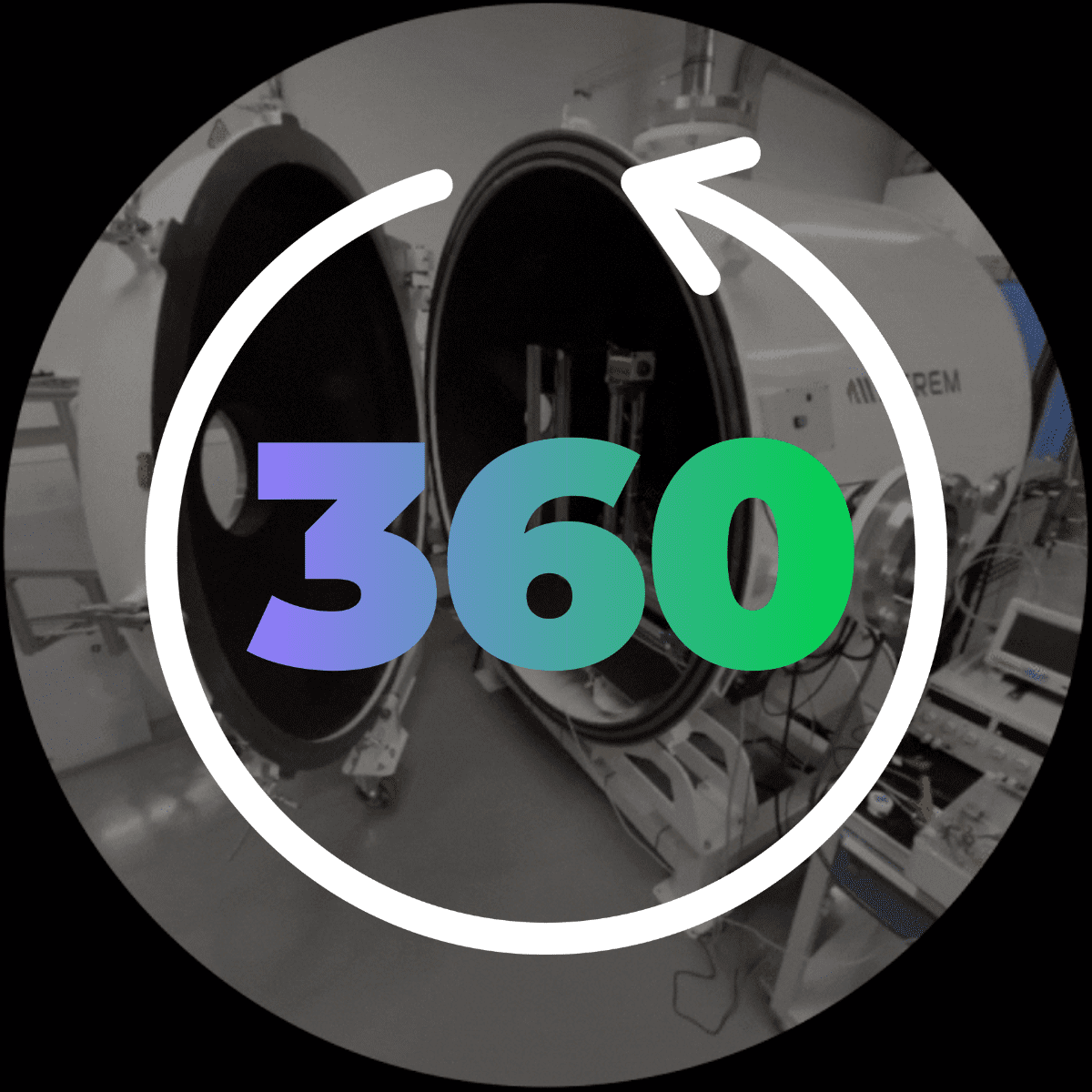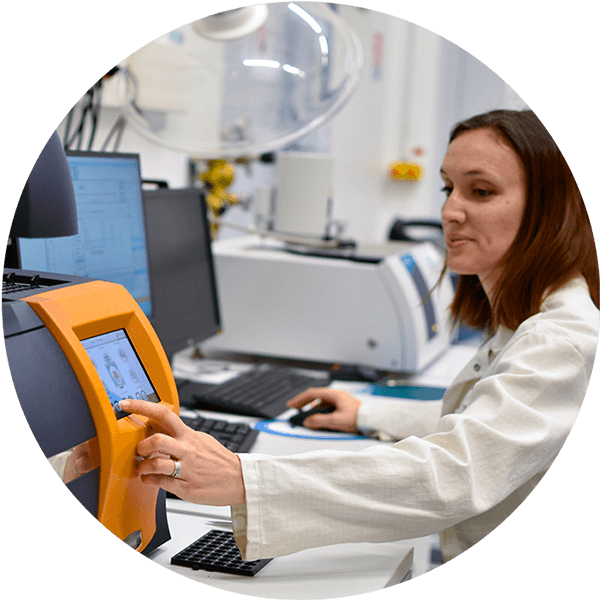key competence
high voltage energy
We aim to respond to the challenges of reduction of the environmental footprint of transport through electrification solutions. Indeed, we focus on the increasing need for electrical systems, for which either non-propulsive or propulsive energy is leading to a significant rise in electrical power need, and therefore in the voltage level.
In addition, densification is essential to allow a drastic reduction in the weight and volume of electrical equipment and systems. Indeed, these performance indicators raise non-negligible constraints when it comes to embedded applications: some, such as electric fields, increase considerably due to the small distance between them.
These electrical constraints, combined with the harsh environments of aeronautics and space (temperature, pressure, etc.), aggravate phenomena detrimental to the integrity of electrical systems, such as partial discharges or electric arcs.
Therefore, we research, characterize, and model these physical phenomena (partial discharges, surface discharges, space charges, electric arcs, and electrical aging of insulators). In addition, we examine the application of suitable innovative dielectric materials (polymers, polymer matrix composites, etc.).
In a quest to increase power, we are also focusing our efforts on the study of electrical currents. To minimize the weight of onboard electrical components, our teams focus their research on innovative electrical conductors.
R&T fields
EVALUATION OF THE IMPACT OF VOLTAGE ON COMPONENTS
The evaluation of the impact of voltage concerns all our activities which collect quantified, precise, and robust data through experiments or numerical simulation. To guarantee the quality of the results, it is necessary to have a very good understanding of the physical phenomena involved.
CONTROLLING THE IMPACT OF VOLTAGE
By exploiting the results of the impact evaluation, the competence center makes recommendations (about design, size, installation, and integration) that can be directly used by the industrial members. In addition, we evaluate the applicability of new dielectric materials (e.g. Functionally Grading Materials in collaboration with academic partners, partial discharge resistant materials) to push back the physical limits of the withstand voltage, or to resist erosion phenomena due to partial discharges (slowing down aging). Finally, our competence center is a driving force in the evolution of future standards, particularly on tests and qualification procedures specific to high voltage.
REDUCTION OF THE IMPACT OF ELECTRIFICATION ON THE WEIGHT
Last, but not least, we appraise the relevance of new conductors (such as metal/carbon nanotubes cables or superconductors) to reduce the mass of high-current applications, or to improve their mechanical properties.
Our offer
- Test procedures
- Scientific analysis of physical phenomena
- Digital simulation tools
- Technological platforms test with environmental control to match mission profiles
- Databases of material properties, tests, and simulation results
- Guides for design, sizing, installation, and integration
- Proposals for the development of future standards, for example on tests and qualification procedures that are specific to high voltage
- Theses reports, scientific publications, conferences
ROAD MAP
2018 > 2025


contact us
Contact our platform experts team




